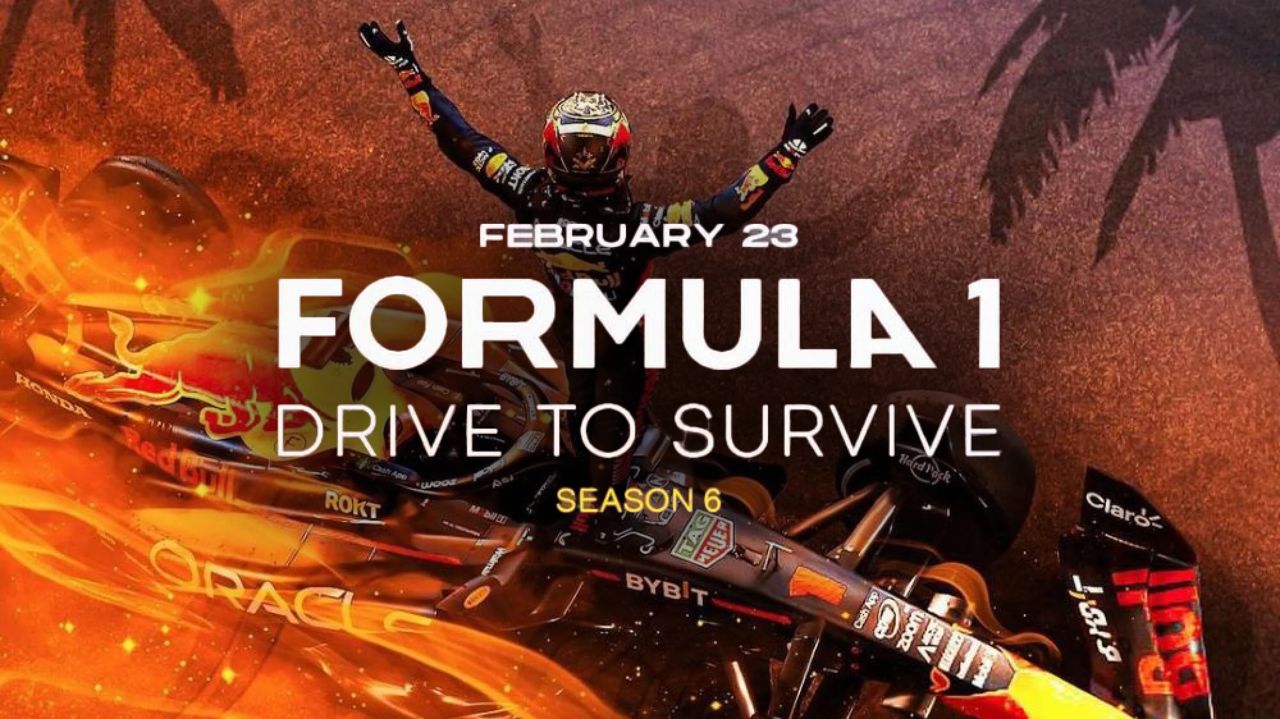What the F1 movie teaches us about authentic branded entertainment
With F1 The Movie soon to hit cinema screens, Claire Prince, Head of Branded Entertainment at EssenceMediacom, looks at how some brands have successfully integrated themselves into entertainment, and why not being afraid to get real has seen them first across the finish line.
Brad Pitt. Formula 1. Real teams, real tracks, real cars. The upcoming F1 The Movie has it all. Given that the latest trailer racked up over 12 million views in the first 48 hours after dropping, it’s fair to say the film’s release later this month is going to set the summer movie season on fire.
This isn’t your typical product placement. It’s presence with a purpose.
But the most interesting part? This isn’t just a movie about racing, it’s a cinematic case study demonstrating how brands can bake themselves into the narrative, as opposed to awkwardly pasting themselves on top. Due to the real involvement with the sport of F1 (with it being shot over actual Grand Prix weekends last year), brands organically involved in the competition have been worked into the plot.
Above: The most recent trailer for the Brad Pitt-starring feature film, F1 The Movie.
This isn’t your typical product placement. It’s presence with a purpose. The film doesn’t just feature brands, it gives them a seat on the grid. Done well, this kind of integration deepens the story. Done badly, it sends the whole thing spinning off the track.
So, how do brands show up in culture without looking like they crashed the party?
From cinema to circuit to cultural arena
Let’s be clear; this movie will work because the story works. F1 has always been entertainment - high speed, high drama and high spectacle. But, over the last few years, it’s transformed into a cultural force.
Netflix’s Drive to Survive has made the sport more personal, emotional and binge-able, converting casual viewers into super-fans. It gives the uninitiated - those who might not know Verstappen from Vettel - a reason to care, opening the F1 universe to people who love stories, not just stats.

Above: Netflix's monster hit, Drive to Survive, has captured a huge new audience for Formula 1.
This is particularly true in the US. For decades, this was the market that F1, try as it might, simply could not break into. F1 was traditionally seen as quite a European-focused sport, with NASCAR dominating American viewing. But thanks to Netflix supercharging American fans, particularly younger ones, by giving behind-the-scenes access to the sport and the personality of the drivers, the US is now the number one market for F1 social engagement across all platforms. It should come as no surprise that this is being taken to the next level from the start of the 2026 season, with Cadillac joining the grid as an 11th constructor.
The Brad Pitt movie is the next logical step for the brand. It brings Hollywood polish to a sport with huge cinematic potential.
The Brad Pitt movie is the next logical step for the brand. It brings Hollywood polish to a sport with huge cinematic potential. It opens it up to the general public, not just those with Netflix accounts, bringing movie fans along for the ride.
Brands shouldn’t only think about sponsorship. Where are your future audiences spending time? What are they passionate about? And how can you show up in their worlds authentically, not just visibly?

Above: The film Air, about Nike's deal with Michael Jordan, isn't afraid to poke fun at the brand.
Don’t be afraid to get real
Scripted content isn’t advertising, and that’s a good thing. Unlike traditional brand work, which is often polished to perfection, scripted narratives allow for tension, texture, even a little mess. That makes them relatable. It also makes them effective.
Look at Air, the film about the birth of Nike’s Jordan brand. It doesn’t sugarcoat the process. It leans into the gamble, the friction, the stakes. At points, the narrative isn’t afraid to poke fun at the brand, such as characters engaging in the never-ending 'Nike' or 'Ni-key' debate, and that makes it all the more human, because it sees human imperfections and engages with them.
Scripted narratives allow for tension, texture, even a little mess. That makes them relatable. It also makes them effective.
Or how about Blackberry, which doesn’t hide the brand’s fall from grace. It makes it the story. But by showing the rise as well as the fall, it builds nuance and allows the audience to be nostalgic for the product.
These narratives don’t damage the brands. They humanise them. Too often, brands are scared to be anything less than squeaky clean. But audiences connect with real stories, not fairytales. When you control the narrative space, you can be nuanced, honest and memorable.

Above: The film Blackberry embraced both the rise and fall of the tech company, making the story more impactful.
No budget, no problem
Feature films are a luxury, and not every brand can invest three years and millions of dollars into a blockbuster. But the principles behind this kind of integration apply far beyond the cinema screen.
Social platforms like TikTok, Instagram and YouTube are fertile ground for this kind of creativity.
Take Chevrolet’s The Office-style web series, The Dealership, set in a car showroom. It’s scripted, character-driven and platform-native. It doesn’t need Brad Pitt to make a splash. It has sharp writing, relatable stories and a clear understanding of the audience. And it delivers.
Above: Chevrolet's The Dealership has been a huge hit on TikTok.
Social platforms like TikTok, Instagram and YouTube are fertile ground for this kind of creativity. The key isn’t the budget, it’s the team. Like F1, you need the right crew; creators who know the platforms, writers who understand the tone and producers who bring it all together.
If you want brands to show up in culture, start by hiring the people who already live there.

Above: Brands need to find the right storyteller to help drive them to success.
Letting creators drive
Big screen or phone screen, it all comes down to the same principles; clarity, creativity and cultural fluency. Know your audience. Know your message. Then find the right storytellers to bring it to life.
Showing up in entertainment isn’t about sipping from a branded can, it’s about understanding how your brand can add to the world you’re entering. When you get that right, you don’t just turn up - you turn heads.
When it comes to culture, it’s not just about being in the race. It’s about knowing how to drive it.
In a world where audiences can skip, swipe and scroll past anything that doesn’t feel real, brands that embed with intention will go the distance. When it comes to culture, it’s not just about being in the race. It’s about knowing how to drive it.
)







